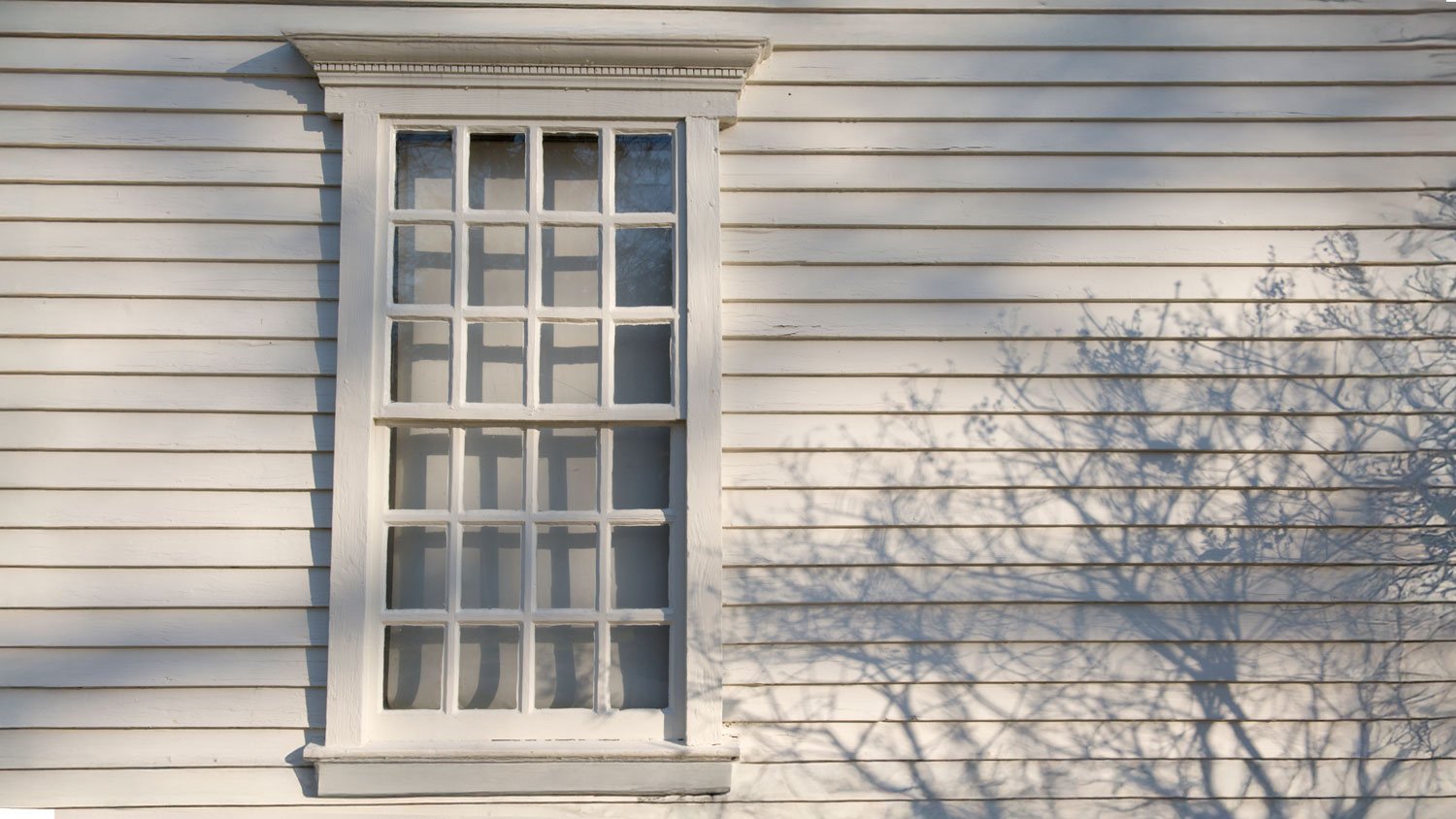
Depending on the damage type, window repair costs in New York can be high. Learn the factors that influence the cost to fix your windows.
Make your new windows look picture-perfect with the proper trim


If your newly installed window is looking a bit rough around the edges because it wasn't finished, you'll need to trim it out. If you're willing to bring your carpentry skills to the table, you could get the job done without hiring a contractor. Here's a look at how to finish newly installed windows.
Put a tarp down over your floor to protect it from wood shavings, wood glue, and any wood paint or varnish you'll be using. Additionally, this is a good time to clear away any dust and debris surrounding your newly installed window. Finally, the last step before selecting your materials for this project is to measure the dimensions of your new window to ensure that you purchase enough trim. Of course, you'll also want to take this time to learn the parts of a window.
The window casing is the frame on the interior side of a wall that surrounds a window opening. Its purpose is to cover the gap that was left between the window frame and wall following installation. In addition to stabilizing and protecting a window, a frame also determines the aesthetic of a room.
You can shop at your local hardware store to choose from a wide variety of trim options for your casing. If windows have been added to an existing room, try to match the new casing to the existing trim around windows and doors.
You'll also need to purchase wood to create the window's stool and apron. A stool is the horizontal piece at the bottom of a window that extends slightly beyond the casing. The apron is the trim piece located directly under the stool. They create an attractive, stable base for the window when it all comes together.
An optional detail is adding corner blocks. While most window trimming pieces simply connect at the corners, some homeowners opt for decorative corner blocks. Corner blocks are decorative wood pieces that are placed at the upper corners of the window.
The first step is confirming that window jambs are already flush to the wall. If they're pushing out, you'll need to manually plane them down to the wall. If you see a gap, you may need to nail in rip-jamb extensions. When you're satisfied with your jambs, draw a reveal line along the edges of the head jamb and two side jambs.

Align a side casing with the reveal line on one of the side jambs. Do the same for the opposite side jamb. Next, measure between the two markings. Add 2 inches to the number you get to determine the length the stool will need to be cut to for the next step.
The stool should now be placed down with its back edge touching the window's sill trim. Mark down the point where the trim's top meets the end of the stool without moving the stool. Next, slide the end of the stool against the window jamb to mark vertically where the stool's end touches it.
Finally, connect the two marks you made using a square shape. The area created by the lines should be marked with an X. You will use this space to cut out something called a rabbet using a table saw. A rabbet is a two-sided, square-shaped groove that has been milled.
At 1 inch from each end of the stool, create a marking. Also mark where the edge of the stool meets the interior edge of your jambs. These marks will be used to draw your jamb lines over the top of the stool.
Use a compass to set the distance from the back end of your stool to the trim of the sill. Create scribe lines extending from each end of the stool to the jamb line. Next, it's time for notch work. Use the scribe lines you created to cut a single notch into each stool end with a jigsaw. You can either keep using the jigsaw or switch to sandpaper to apply finishing details to the notch. Add wood glue to the sill before nailing it down using four nails.

To finish the sides of your window, cut a section of casing. After marking where the inside edge meets the reveal line of the head jamb, do a square cut at the mark. This step should be repeated for the opposite side of the window. Add wood glue to the casing at the point of overlap between the end resting on the stool and the side jamb. Finish by nailing the piece on.
To finish the top of the window, place casing across the top of the window to mark where it touches the casing's inside edge. Use a miter saw to deepen the marks with crosscuts. Use your wood glue to secure the head jamb at the reveal line before nailing it in place.
Next, hold your apron wood lengthwise on the stool. Mark where it meets the outside edges of the casings. Use a miter saw to deepen the marks. Apply glue along the apron's top edge to get it in place before nailing it in place.

Make sure all nail heads are fully recessed by securing them with a hammer. You should close up all holes with wood putty. Before painting or applying finish to the wood, gently go over everything with 120-grit sandpaper by hand. Finally, tape the area to apply your paint or wood varnish.
With so much attention to detail and expert woodcutting needed, it's easy to make mistakes when attempting to finish new windows as a DIY project. Here are some tips to help you avoid common errors:
Measure at least twice before making cuts to the wood you're using to create your trim.
Avoid using low-quality wood that may warp or expand and contract with time.
Avoid the temptation to do sloppy work with the idea in mind that you'll use wood filler or caulk to hide mistakes or fill in gaps. Focus on a secure fit.
If your home has uneven walls, use a level to confirm that trim pieces are straight before nailing them into place.
On average, the cost to have window trim professionally installed to finish your new window is between $3 and $10 per linear foot. While paying only for casing materials with DIY window finishing could be as low as $0.50 to $1.50, you might not save as much as you think if you also need to purchase or rent specialty saws.
Figuring out how to finish newly installed windows can be a big task for someone without a carpentry background. Before committing to the time, research, and equipment needed, consider getting a quote for interior window finishing from a local window company near you.
From average costs to expert advice, get all the answers you need to get your job done.

Depending on the damage type, window repair costs in New York can be high. Learn the factors that influence the cost to fix your windows.

Garden windows can be a great addition to your kitchen, adding light and a place to grow plants. Costs depend on material, size, and customization—learn how much you can expect to pay.

Replacing your old windows improves curb appeal and can regulate your home’s interior temperature. Learn about average window replacement costs in New York.

The average double-hung window costs $800, but prices vary by size, material, type, and more. Read this guide to help you budget for your double-hung windows.

If you’re looking to upgrade your window frames, you’ll find there are many options. Here’s what you need to know about window frame types and materials.

If you’ve been facing storms or humidity recently, it may be time to learn how to repair a rotted window frame to make your windows look brand new.